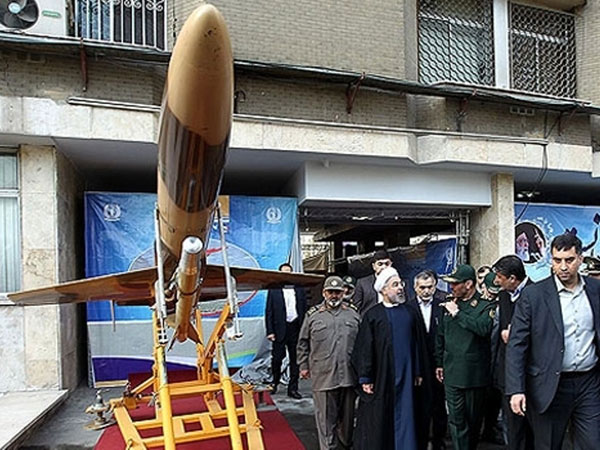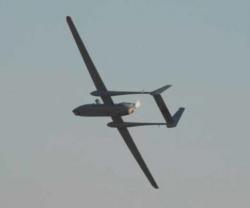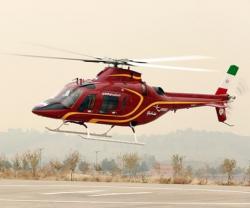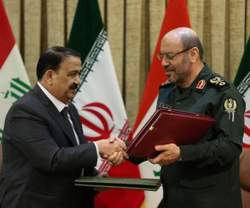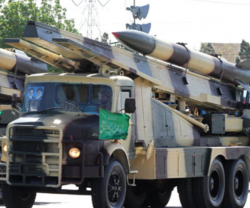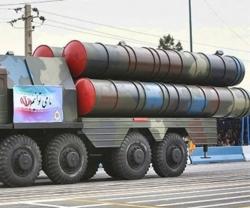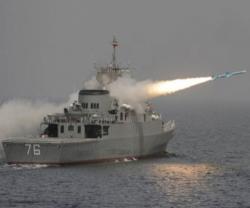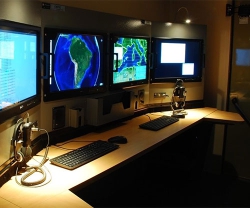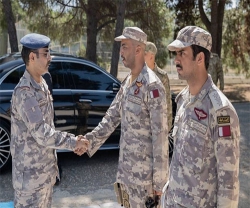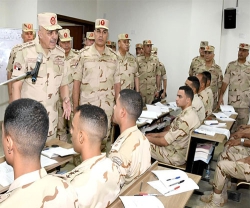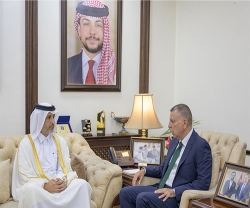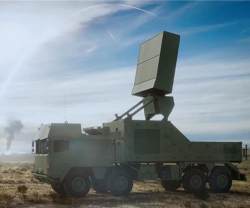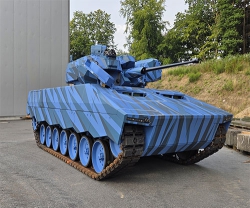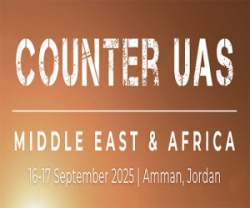Iran displayed its advanced home-made combat drone, Karrar, in camouflage color and armed with anti-aircraft missiles during President Hassan Rouhani’s visit to the Defense Industries Exhibition Saturday.
Karrar is capable of carrying a military payload of 500 kilograms to carry out bombing missions against ground targets. It is also capable of flying long distances at very high speed and has a flying range of 1,000 kilometers and a top speed of 900 kilometers per hour.
In September 2012, Iran announced that it has started using UAVs in its air defense units as part of its broader plans for strengthening the country's air defense capability.
In December 2013, Commander of the Islamic Revolution Guards Corps Major General Mohammad Ali Jafari said the IRGC is capable of mounting guided missiles and bombs on its drones.
“We have recently acquired the capability to mount guided and precision-targeting missiles with pinpointing capability and bombs on drones, which is actually among branches of advanced hi-tech in this field,” Jafari told reporters in December.
“Our latest achievement in this regard is a drone which can fly for 30 hours and high-speed engines can increase its range,” he added.
Also in November, Iranian Defense Minister Brigadier General Hossein Dehqan said that Iran’s new drone enjoys unique strategic capabilities, including 30-hour-long flight durability, and has been developed for combat and surveillance missions.
Dehqan said the new drone, “Fotros”, has been designed and built by the Iranian Airplane Manufacturing Industries Company affiliated to the Defense Ministry’s Aviation Industries in cooperation with knowledge-based companies and academic centers and on the basis of the needs of the country’s Armed Forces.
“This strategic drone has an operational range of 2,000 kilometers, and can fly to a ceiling of 25,000 feet in altitude for 16 to 30 hours, and these specifications enable it to conduct combat missions in addition to surveillance and reconnaissance missions,” he noted.
He added that Fotros can be armed with various types of “air-to-surface missiles and rockets” and the reliability test of the drone has been successfully conducted in the country’s laboratories and test centers, including standard international land tests at low, medium and high speed, adding that results were better than expected.
He said the drone can be used for “protecting land and sea borders, monitoring oil pipelines, telecommunication lines and road traffic control, monitoring affected areas during earthquakes, blaze and floods, and environment protection”, adding that it can send “real-time photos and images while it is on a missions”.

